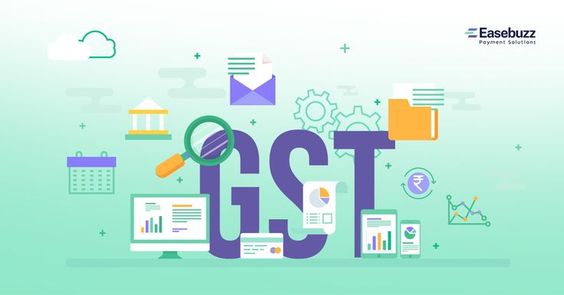
Advisory to composition taxpayers
30/04/2022
Background: Since FY 2019-20, composition taxpayers has to pay the liability through Form GST CMP-08 on quarterly basis while return in Form GSTR-4 is required to be filed on annual basis after end of a financial year.
Reason of Negative Liability in GSTR-4: The liability of the complete year is required to be declared in GSTR-4 under applicable tax rates. Taxpayers should fill up table 6 of GSTR-4 mandatorily. In case, there is no liability, the said table may be filled up with �0� value. If no liability is declared in table 6, it is presumed that no liability is required to be paid, even though, taxpayer may have paid the liability through Form GST CMP-08. In such cases, liability paid through GST CMP-08 becomes excess tax paid and moves to Negative Liability Statement for utilization of same for subsequent tax period�s liability.
What the taxpayer did wrongly: Liability paid through Form GST CMP-08 is auto-populated in table 5 of the GSTR-4 for convenience of the taxpayers. Taxpayers who do not fill up table 6 of GSTR-4 i.e. no liability is declared, even though, taxpayer may have paid the liability through Form GST CMP-08; since the �Tax payable� in GSTR-4 is computed after reducing the liability declared in GST CMP-08 which is auto-populated in table 5. Thus, if nothing is declared in table 6, then the negative liability entry appears in GSTR-4.
Debit of the negative liability � In the past, lot of tickets were received on the Helpdesk for reducing the negative liability from the Negative Liability Statement and the same was being done. For convenience of the taxpayers, the amount available in negative liability statement have been debited for all taxpayers. It has been noticed that some taxpayers had utilised the amount available in negative liability statement for paying the liability to file statement in Form GST CMP-08 or GSTR-4 of subsequent financial year. In such cases, the amount utilised out of negative liability statement has been debited in the cash ledger. Though, such liability should have been paid by depositing the amount through challan but in some cases the amount had not been deposited by the taxpayers. The taxpayer who have deposited the amount in cash ledger, the debited amount has been adjusted whereas in case the amount of liability has not been deposited through challan, the balance in cash ledger becomes negative. In such cases, the taxpayers are advised to deposit the past liability through challan of equal amount urgently.
The details of the debit so made have been communicated to all such taxpayers through emails available on the portal. In case, the liability had been paid through adding in the next years� liability, the same can be claimed as refund through application in Form GST RFD-01.
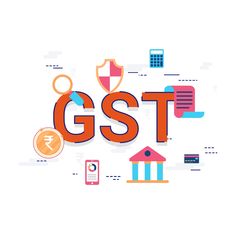
GSTR-1 enhancements & improvements :
27/04/2022
The statement of outward supplies in FORM GSTR-1 is to be furnished by all normal taxpayers on a monthly or quarterly basis, as applicable. Quarterly GSTR-1 filers have also been provided with an optional Invoice Furnishing Facility (IFF) for reporting their outward supplies to registered persons (B2B supplies) in the first two months of the quarter. Continuous enhancements & technology improvements in GSTR-1/IFF have been made from time to time to enhance the performance & user-experience of GSTR-1/IFF, which has led to improvements in Summary Generation process, quicker response time, and enhanced user-experience for the taxpayers.
The previous phase of GSTR-1/IFF enhancement was deployed on the GST Portal in November 2021. In that phase, new features like the revamped dashboard, enhanced B2B tables, and information regarding table/tile documents count were provided. In continuation to the same, the next Phase of the GSTR-1/IFF improvements is now available on the Portal.
GSTR-1/IFF can be viewed as usual by navigating in the following manner :
Return Dashboard > Selection of Period > Details of outward supplies of goods or services GSTR-1 > Prepare Online
The following changes are being done in this phase of the GSTR-1/IFF enhancements :- Removal of �Submit� button before filing : The present two-step filing of GSTR-1/IFF involving �Submit� and �File� buttons will be replaced with a simpler single-step filing process . The upcoming �File Statement� button will replace the present two-step filing process and will provide taxpayers with the flexibility to add or modify records till the filing is completed by pressing the �File Statement� button.
- Consolidated Summary : Taxpayers will now be shown a table-wise consolidated summary before actual filing of GSTR-1/IFF. This consolidated summary will have a detailed & table-wise summary of the records added by the taxpayers. This will provide a complete overview of the records added in GSTR-1/IFF before actual filing.
- Recipient wise summary : The consolidated summary page will also provide recipient-wise summary, containing the total value of the supplies & the total tax involved in such supplies for each recipient. The recipient-wise summary will be made available with respect to the following tables of GSTR-1/IFF, which have counter-party recipients :
- - Table 4A : B2B supplies
- - Table 4B : Supplies attracting reverse charge
- - Table 6B : SEZ supplies
- - Table 6C : Deemed exports
- - Table 9B : Credit/Debit notes
It was previously intimated that this enhancement would be made available on the Portal shortly. It is to inform that these changes have now been implemented, and are available on the Portal. For detailed advisory & sample screenshots of the GSTR-1/IFF improvements & enhancements, please click here

Enhanced Registration application user interface (UI)
10/03/2022
i. User Interface (UI) with respect to the address fields in the Registration Application GST REG-01 has been enhanced as follows:-
- Incorporation of a map tile along with a drag and drop facility of address pinhead on to the exact location of the applicant�s address.
- Once selected, the details will automatically fill in the various address input fields given in the application.
- Address fields have been linked so as to auto- fill other macro level address entry fields based on the entry in one of such fields particularly PIN Codes. For example; on entering the PIN code, the corresponding State and Districts will get auto- filled.
- The user can also directly fill-up the address input fields which are now aided with suggestive address input dropdowns from which the user can select the appropriate/relevant address field(s). This action will reduce errors in the address texts and will also ease the filling up of the appropriate address input fields by the user.
- The address fields have been segregated appropriately to reduce confusions while entering the relevant inputs under various address heads.
- Based on the address entries given by the user, the Latitude/ Longitude of the address will get auto populated which is non-editable.
ii.For more information on the Registration Application, please click here.
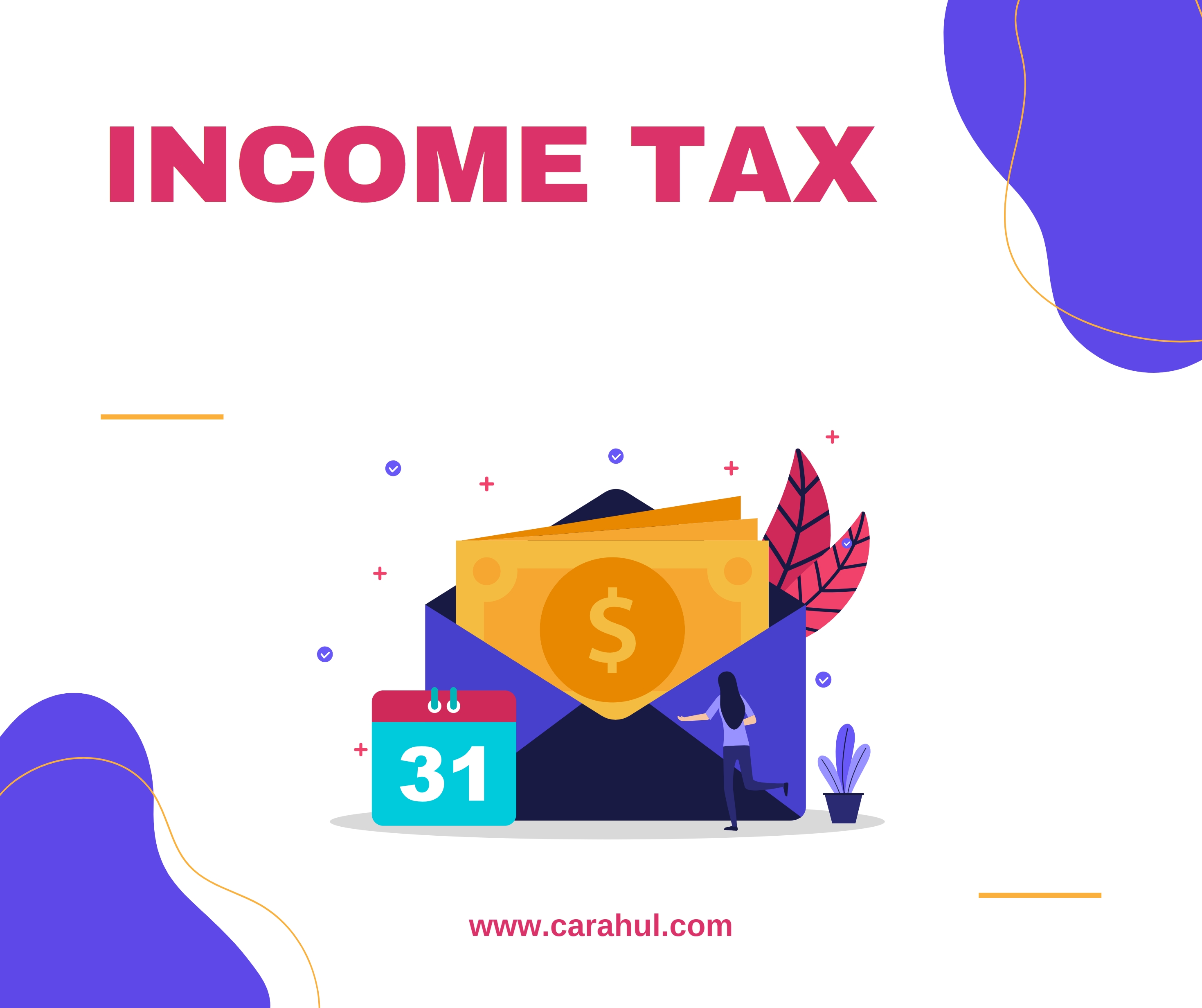
Auto-population of e-invoice details into GSTR-1
03/03/202
Generation of e-invoice is mandatory for certain class of taxpayers, as notified by the Government. These taxpayers are required to prepare & issue their e-invoices by reporting their invoice data in the prescribed format (e-invoice schema in FORM GST INV-01) and reporting the same on the Invoice Registration Portal (IRP). Invoices reported successfully on the IRP are given a unique Invoice Reference Number (IRN). The documents (invoices, debit notes, credit notes) reported on the IRP are then transmitted electronically to the GST system and are auto-populated in the respective tables of GSTR-1.
Read More →
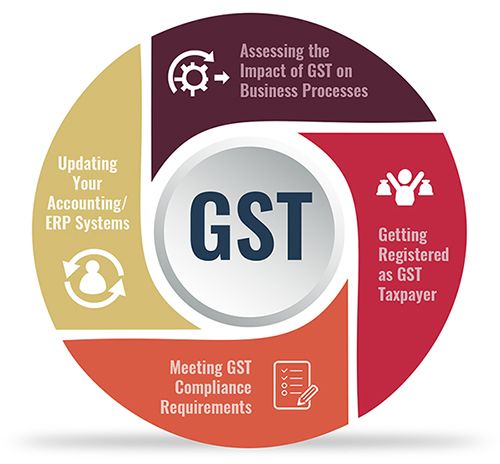
Deployment of Interest Calculator in GSTR-3B
26/01/2022
- The new functionality of interest calculator in GSTR-3B is now live on the GST Poral.
- This functionality will facilitate & assist the taxpayers in doing self-assessment. This functionality will arrive at the system computed interest on the basis of the tax liability values declared by the taxpayers, along with the details about the period to which it pertains. The interest appliable, if any, will be computed after the filing of the said GSTR-3B and will be auto-populated in the Table-5.1 of the GSTR-3B of the next tax-period. The facility would be similar to the collection of Late fees for GSTR-3B, filed after the Due date, posted in the next period�s GSTR-3B. This functionality will inform the taxpayers about the manner of system computed interest for each tax-head and hence will assist the taxpayers in doing correct computation of interest for the tax liability of any past period declared in the GSTR-3B for the current tax period.
- For more details, please refer to the detailed advisory regarding the functionality, click here
- This functionality will further improve ease of filing return under GST and is, therefore, in the direction of further reducing the compliance burden for taxpayers.
For seeing an illustration of interest computation in GSTR-3B by the system with sample values & screenshots, click here
10% TDS on benefits and shares given to directors
- Jun 18, 2022
Allotment of shares to directors, providing cars to them, and a sponsored business trip or conference by a company will attract 10% tax deducted at source (TDS) from July 1.The Central Board of Direct Taxes (CBDT) on Thursday issued a detailed guidelines on deduction of tax at source under Section 194R of the Income Tax Act. It requires deduction of TDS at the rate of 10% by any person providing any benefit or perquisite, exceeding ?20,000 in a year to a resident.
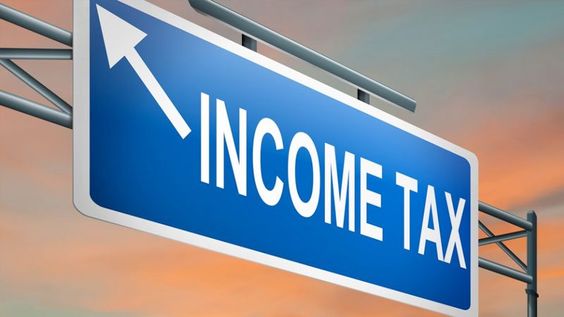
Net direct tax mop-up rises 45% to over Rs 3.39 lakh cr till mid-June
Jun 18, 2022
Reflecting an uptick in economy, net direct tax collections between April and mid-June jumped 45 per cent to over Rs 3.39 lakh crore, the Income Tax department said. The improved collections are mainly due to a 47 per cent growth in TDS mop-up and a 33 per cent rise in advance tax realisation for April-June quarter.
The net direct tax collection of over Rs 3.39 lakh crore included Corporation Tax (CIT) of over Rs 1.70 lakh crore and Personal Income Tax (PIT), including Security Transaction Tax (STT), of more than Rs 1.67 lakh crore.
Read More →
How TDS on crypto, virtual digital assets will work from July 1, 2022
- Jun 24, 2022
The Central Board of Direct Taxes (CBDT) issued a circular on June 22, 2022 explaining how tax will be deducted on transfer of virtual digital assets (VDA) and cryptocurrencies. The new rules of TDS on VDA and crypto will come into effect from July 1, 2022. What does the law on TDS on VDA, crypto say?
As per the new law, the purchaser of a virtual digital assets (VDA) is required to deduct 1% of the amount paid to the seller ( resident Indian) as income tax deducted at source (TDS). The tax is required to be deducted at the time of credit of amount or at the time of payment to the resident individual, whichever is earlier. The tax will be deducted only if the amount paid exceeds the specified limit, stated CBDT.
Chartered Accountant Naveen Wadhwa, DGM, Taxmann.com says, "Effective from July 1, 2022, any person (resident individual, non-resident individual or Exchange) making payment to resident individual at the time of buying crypto, VDA or NFT (as notified by the govt), will be required to deduct TDS on the amount paid at the rate of 1%.
Search
Categories
Recent News
- income Tax
- Implementation of Mandatory Mentioning of HSN Codes in GSTR-1
- Advisory on Sequential Filing of GSTR-1
- Finance Minister Proposed, Common ITR form for all Taxpayers
- Finance Ministry Extends ITR Filing Deadline for Companies
- CBDT Extends Deadline for Filing TDS for Non-Salary Transactions
- Change Your Income Tax Regimes While Filing Revised ITR
- Finance Ministry say, "Taxpayers check AIS quarterly & report discrepancies"